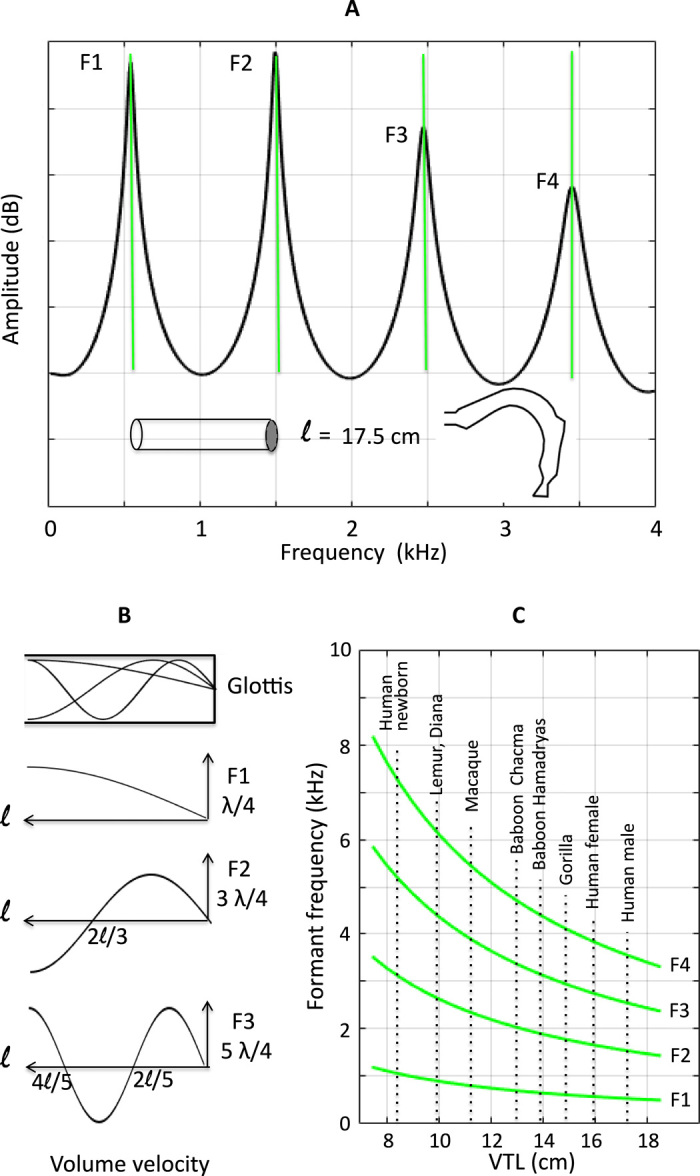Fig. 8. Spectral properties of uniform tubes.

(A) Acoustic transfer function of a uniform tube where l = 17.5 cm. Its calculation incorporates effects (lip radiation, wall losses, and viscosity) that slightly modify the theoretical formant values (0.5, 1.5, 2.5 kHz, …) (97, 185). The human VT configured as a uniform tube produces the schwa vowel, /Ə/. (B) Wave patterns in the uniform tube. The uniform tube models the VT as a quarter-wave resonator closed at the glottis and open at the lips, so tube acoustics generate formant values at frequencies defined by the odd multiples (1, 3, 5, 7, …) of one quarter of a wavelength, λ, equal to four times the length of the tube. The top of this panel shows the volume velocity wave along the tube for all of the first three formants. Below are the individual wave shapes for each of the first three formants, plotted individually (14). (C) Formant values for pertinent lengths of uniform tubes. This graph shows the formant values for uniform tubes with lengths across a range of VTLs, calculated (in kHz) as Fi = 35(2i − 1)/4ℓ, with lines marked at VTL values known for selected species noted in this paper. These are the formant values that should be expected when a VT of that length is configured as a uniform tube.
